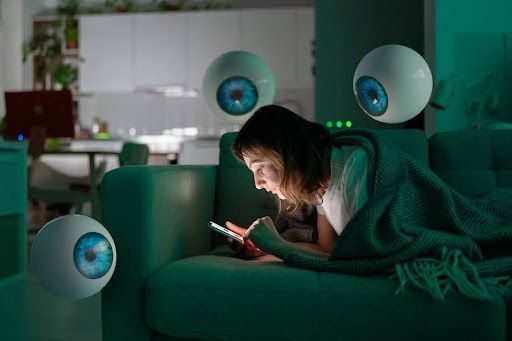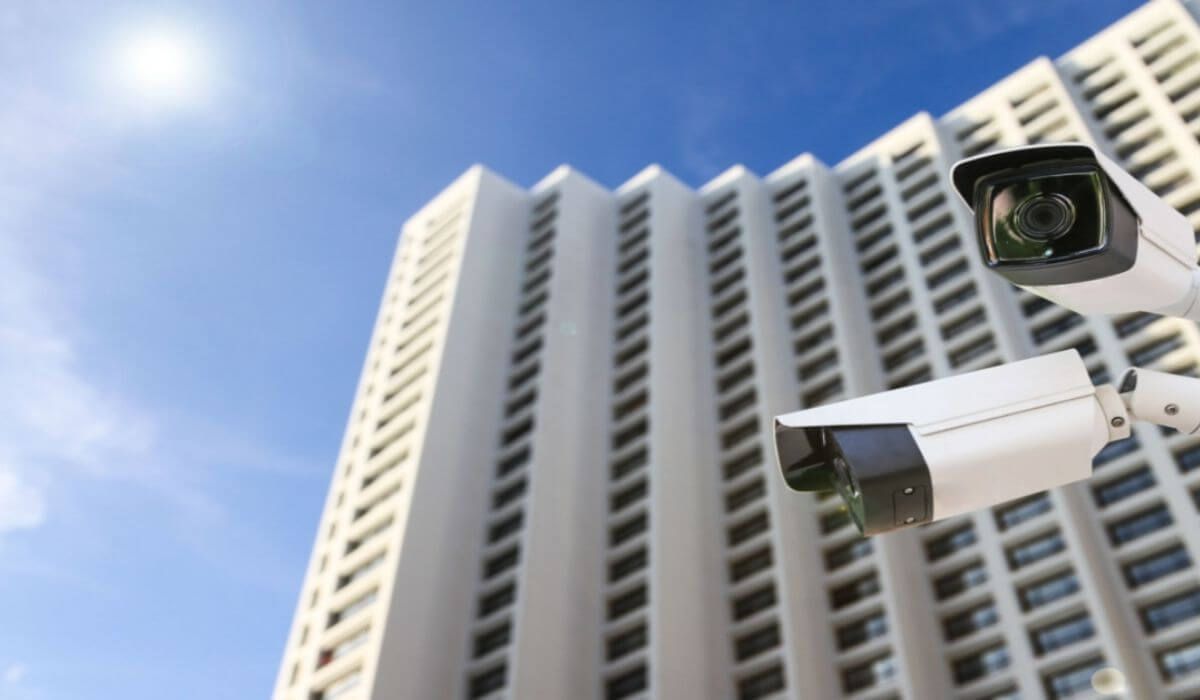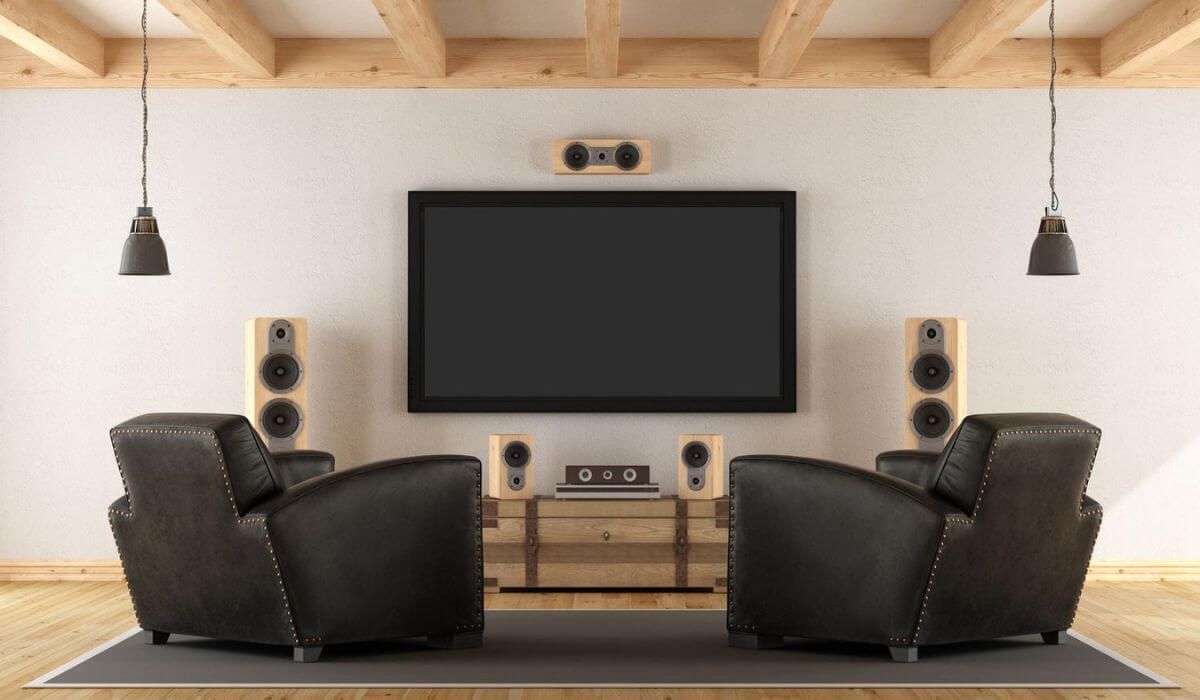Essential Safeguards for Your Connected Home
As smart home technology becomes more prevalent, the convenience it brings to daily life is remarkable. From controlling lighting with a voice command to monitoring home security remotely, smart devices are transforming modern homes. However, along with the benefits comes an important question: how secure is your data in this connected environment? With a growing number of Internet of Things (IoT) devices being installed in households, it’s essential to understand the privacy implications and take proactive steps to protect your information.
This guide will explore the potential privacy risks associated with
smart home technology and offer essential safeguards to help you protect your data.
Understanding Smart Home Technologies
Common Devices and Their Data Collection Practices
In today’s smart homes, popular IoT devices include smart speakers, cameras, thermostats, lighting systems, and security devices. While these devices add convenience, they often require significant data to function effectively. For instance:
- Smart speakers like Amazon Echo or Google Home collect voice commands, which are often stored to improve service and recognize preferences.
- Smart security cameras continuously capture footage that’s sometimes stored in the cloud.
- Smart thermostats use data on your daily routines to optimize energy use.
These devices rely on data harvesting to function and often utilize personal data, such as location, usage patterns, and even voice recordings. Knowing what data your devices collect is crucial to understanding how to protect your information.
How Data is Used by Smart Home Companies
The data collected by smart home devices is not just used to personalize your experience. Companies often analyze this information for insights, and in some cases, may share data with third parties for targeted advertising or other purposes. Through user profiling and data sharing, companies can create a comprehensive view of your behaviors and preferences.
To maintain control over your personal information, review how data is used by each device and limit the extent of third-party sharing wherever possible.
Key Privacy Risks in Smart Homes
Potential for Data Breaches
One of the most significant risks with IoT devices is the possibility of data breaches. Hackers can exploit security vulnerabilities to access private information, such as your location, schedules, or even your personal conversations. To minimize these risks, it’s essential to:
- Regularly update devices to patch vulnerabilities.
- Secure passwords to prevent unauthorized access.
- Disconnect devices when not in use.
Surveillance and Eavesdropping Concerns
With devices that listen for voice commands, such as smart assistants, there’s a growing concern over surveillance and eavesdropping. These devices can inadvertently record sensitive conversations, which may be stored in cloud databases and, in rare cases, accessed by unauthorized users.
Encrypting data, managing privacy settings, and turning off the microphone on smart assistants when they’re not in use can help reduce these risks.
Best Practices for Protecting Your Privacy
Configuring Privacy Settings on Devices
Most IoT devices come with default settings that may favor data sharing. For enhanced privacy, explore the device settings to customize what data is collected, stored, or shared. Key settings to consider include:
- Disabling unneeded data collection to limit unnecessary exposure.
- Managing permissions for specific apps and functions.
- Securing configurations by enabling multi-factor authentication if available.
Using Secure Networks and Connections
Network security is essential for protecting the data your devices transmit. To ensure a secure connection:
- Use a Virtual Private Network (VPN) for added encryption.
- Secure your Wi-Fi network with a strong password.
- Implement a firewall to protect your connected devices from unauthorized access.
Legal Protections and Rights for Consumers
Existing Privacy Laws and Smart Devices
Privacy laws like the General Data Protection Regulation (GDPR) in Europe and the California Consumer Privacy Act (CCPA) in the United States are in place to help protect consumer data. These laws require companies to handle user data responsibly and give consumers the right to access or delete their information.
In Australia, data privacy laws are developing, and it’s essential to stay informed about protections applicable to
smart home technology to ensure your rights are upheld.
Advocating for Stronger Privacy Protections
Privacy advocates are calling for stronger protections on IoT data, as smart home devices increasingly permeate everyday life. Consumers are encouraged to support initiatives aimed at enhancing
security standards and transparency in data handling. Staying informed and vocal about privacy concerns can help drive policy changes that benefit all users.
Conclusion
Staying proactive about your smart home’s privacy settings is essential to protect your personal data. Regularly reviewing and updating privacy configurations, securing networks, and staying informed about legal protections can help safeguard your information. As technology continues to advance, remaining vigilant about privacy and security will keep you and your family safer in the digital world.
Secure your smart home today! Contact us for the latest in privacy technology solutions and personalized advice to protect your digital home.
FAQs About Smart Home Privacy Concerns
What personal data do smart homes collect?
Smart homes can collect a range of personal data, including voice commands, location, daily routines, and video footage. It’s essential to review each device’s privacy settings and limit data collection where possible.
How can I secure my smart home devices?
To secure your devices, update them regularly, use strong passwords, manage privacy settings, and protect your network with a VPN and firewall.
What are the most common privacy breaches with smart homes?
The most common breaches involve unauthorized access due to weak passwords or outdated software. Other risks include eavesdropping on conversations through smart speakers and unauthorized access to security camera feeds.
How do privacy laws protect smart home users?
Laws like GDPR and CCPA mandate that companies protect consumer data and allow users to access or delete their data. These protections vary by region, so it’s crucial to understand your local privacy laws.




